Nakuru
Located literally in the heart of Kenya, county 032 is the “halfway” point between Mombasa and Kampala in Uganda. The name of the county is a corruption of the word “Nakurro” which means “the place of dust devils”—the lake bearing its name would literally become a dust bowl during the severe droughts of yesteryear.
The foundation of the county HQ, Nakuru Town, began in 1904 when Arab and British traders used it as a rest point between the coast and Ugandan interior.
Today’s county is a large one both by size and population. It is 7,509 km2 and as at 2009 had a population of 1.6 million people, by now closer to 2 million, making it one of Kenya’s most populous but also most diverse counties. Nakuru borders eight other counties giving it the honour of having the largest number of neighbouring counties in Kenya! Hello neighbour!
Nakuru cannot be pinned down; its climate and geography are as diverse as its people. The county is a veritable hotbed of climatic differences ranging from Menengai Crater (2,490m) to Hell’s Gate (1,560m). It has great scenic attractions from the Mau forest – which hints at its being the origin of the Mau Mau fighters to the million-flamingo Lake Naivasha, to exploring the Olnjorwa gorge and its amazing rock formations. Remains from erosion, rock formations, witnessing the power of water, obsidian vs. sedimentary rocks, hot springs is all in a day’s jaunt in this county.
Almost at the centre of Nakuru is Njoro, home to Egerton University. Established in the mid-1930s as an agricultural training school, the University has its roots as Kenya’s oldest institution of higher learning. Today the campus hosts several different programmes, but agriculture still remains a core part of its academic offering. Given the agricultural fertility of Njoro and surrounding areas we understand why! Wheat, barley, dairy and vegetables grow abundantly in 032.. In fact, the Kenya Agricultural Research and Livestock Organisation (KARLO) maintains a research station just outside the town of Njoro.
Naks has lots to offer – from multiple lakes that line the bottom of the Great Rift Valley – Elementaita, Naivasha and Nakuru, to the Menengai crater, Mount Longonot and the Ol Njorwa Gorge at Hell’s Gate. Did you know that Hell’s Gate is one of the few national parks that you can walk or bike through? Piece of cake when amongst antelopes and zebras but maintaining composure amongst a herd of buffalo is a whole other story!
After rock climbing, biking or trekking, you can cap the day off with a swim in Kenya’s largest natural spa. Operated by Kengen, the spa is fed by hot water from the Olkaria geothermal power production plants. It can hold up to 400 people! While you may catch a whiff of sulphur when you first arrive, it soon goes away and all you can think of is enjoying bobbing about in the warm water.
- Photo Copyright: Mark Mukunya
- Photo Copyright: Mwihaki Muraguri
- Photo Copyright: Gracia Photography
- Photo Copyright: Mwihaki Muraguri
Our featured photographer is Marc Mukunya – a visual storyteller with a knack for capturing dramatic on-the-spot moments. He started out 5 years ago as a portrait and events photographer, now he is all about travel. If he is not taking photos, catch him shooting made-in-Kenya TV programmes. He’s worked on several local and international productions including for Netflix; showing the true African spirit one story at a time. Check out his photography at Marc Mukunya Photography and on Instagram at www.instagram.com/marcmukunya/

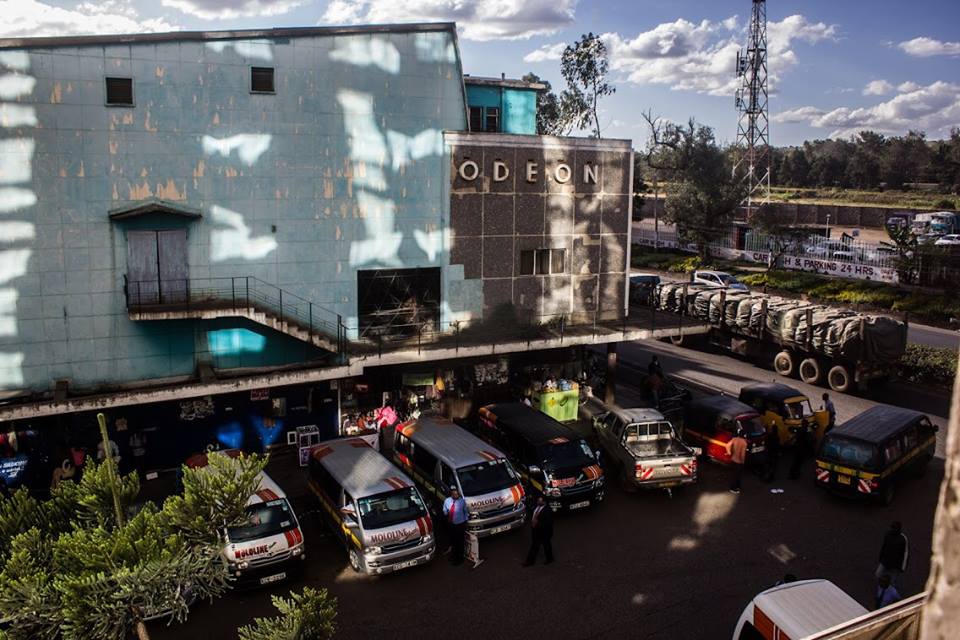
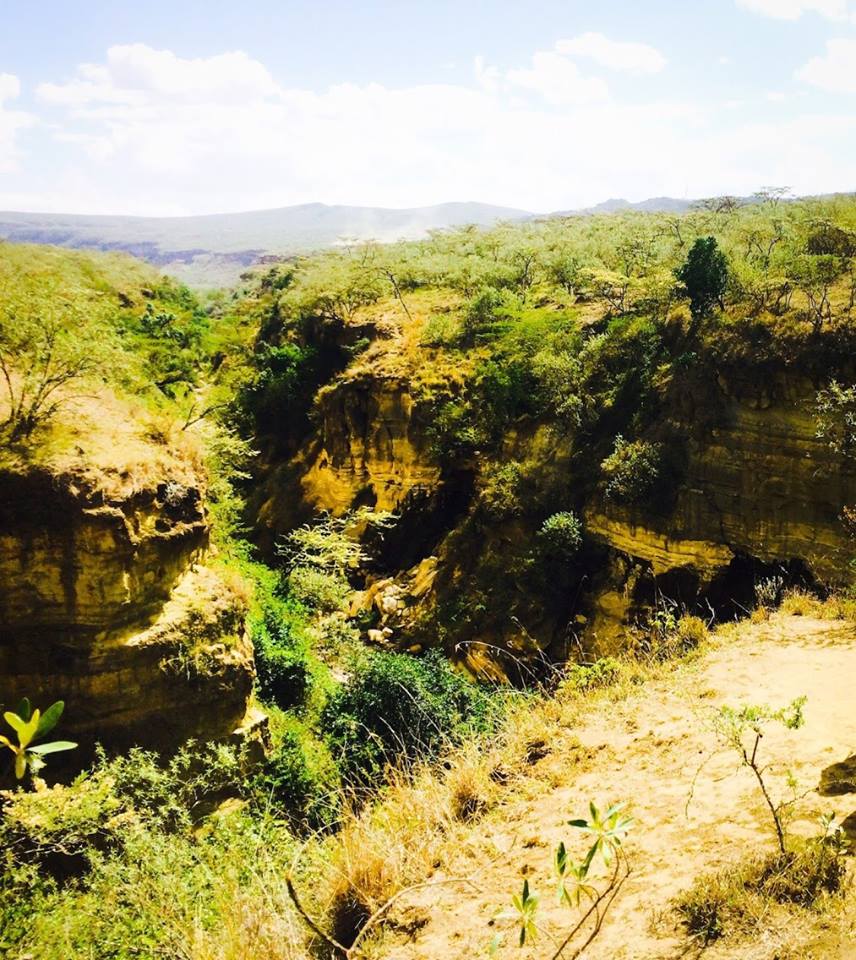
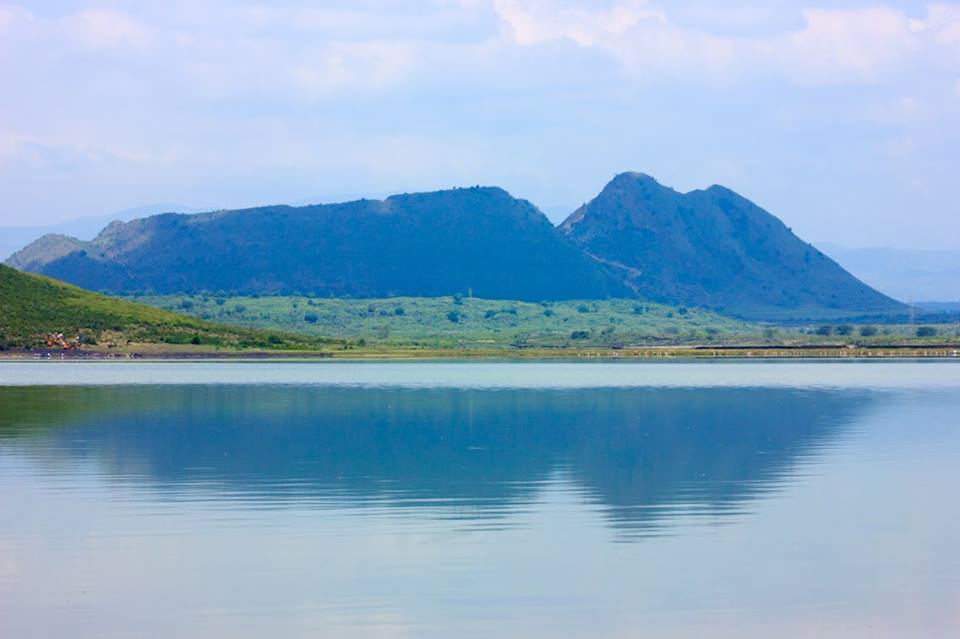
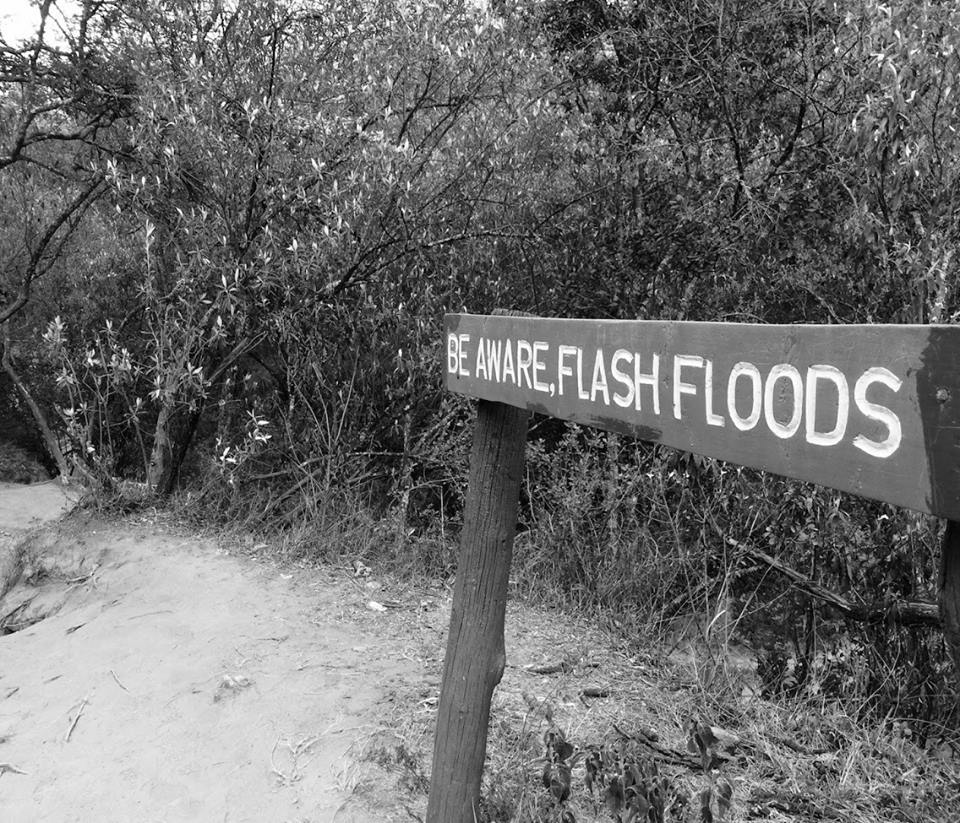
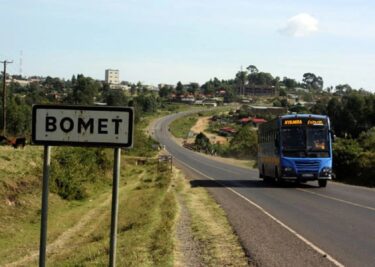

2 Comments
Hello. You left out Photo Credit for the main image. Thanks
Hey Grace, the copyrights have been included on all images. Kindly click the photo to view